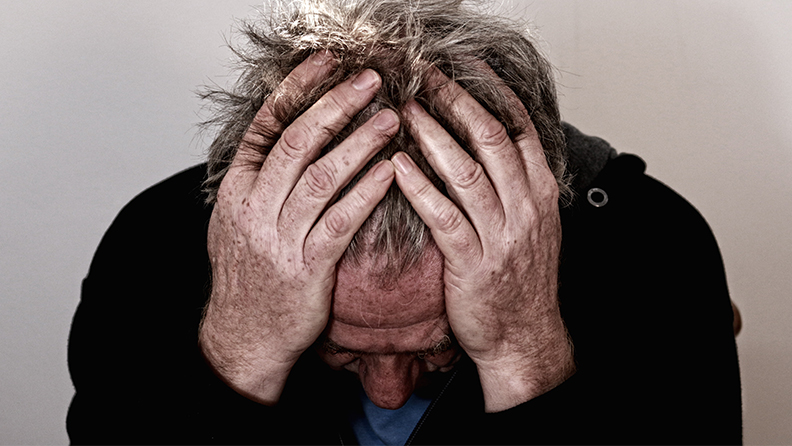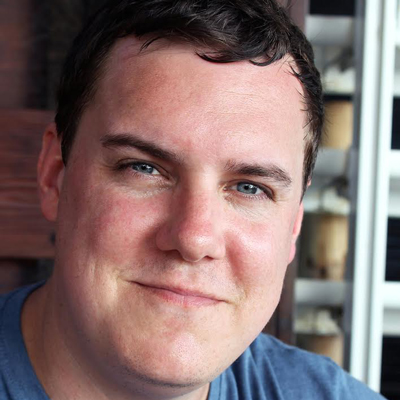
Creativity is a finite resource and something that needs to be managed properly and replenished at regular intervals before it’s used up. If creativity is our currency, we need to make sure we spend it correctly. But, with projects coming thick and fast for creative professionals, how can we do this?
We all know a colleague who ignored the ‘red light’ signal until they drained themselves and crashed. If this happens, either your work quality will drop off or you'll start drawing blanks in client meetings. It takes a long time to recharge and recover from that.
Having a system for idea generation is vital, while taking a break and soaking up the world around you is just as important. With that in mind, here are some tips for avoiding creative burnout.
01. Be a sponge
Creatives need to act like sponges. They need to soak up what’s around them all the time. You never know what will be useful. Now, this isn’t a moan about there being less time to get work done. In fact, many talented creatives thrive in fast-paced, high-pressure environments. But when you’re taking projects from brief to roll-out as quickly as we do, it’s important to understand how your creative process works.
So, in the interest of self-preservation and sanity I’ve learned to identify the ‘trigger points’ that spark creativity in myself. Some of what works for me may either be obvious or counter-productive to other people, but the point is being able to turn creativity into a process allows me to be more effective and efficient at work, without unnecessarily exhausting myself.
02. Go big
I never think about ‘the project’ when I start working on an idea. I go straight for the wildest ideas with no regard for cost or practicality and then work back from there. Once you’ve explored the outrageously crazy ideas, then daring ideas seem much more realistic.
03. Zone out
My best ideas come when I’m not really thinking about the idea itself and I’m left to my own devices. It can be a tough ask when you’re in the middle of a meeting and everyone’s staring at you, but letting your mind wander can really help. There’s evidence that being tired can help creative problem solving too, as your inhibitions are down.
04. Be social
Having someone to bounce ideas off is invaluable. Firstly, physically speaking your ideas out loud forces you to examine them closely. And secondly, another person can stop you going off on strange tangents that take you further and further from the brief.
05. Bring on the wall
Like bouncing ideas off someone, putting your thoughts onto a wall lets you stand back and examine what works together and what doesn’t. Elements that don’t fit can either be tweaked or removed altogether. It’s becoming a designer cliché to stick design work up on the wall and scratch your chin, but it really does work. Just don’t photograph it happening.
06. Restrict yourself
I like to know what the boundaries are. “What can’t we do?” is one of the first things I’ll ask. A restriction gives you a framework to work within and, occasionally, a barrier to break down.
07. Ask questions
It might sound silly but I interview myself about my ideas. I have a list of around 50 questions ranging from “How does this meet the client’s needs?” to “Have I seen this done before?” I don’t just mull these over in my head, either. I write down answers to each question. If there’s an answer I don’t like I go back to the concept and work on it. It’s a little Jekyll & Hyde but it really helps.
Related articles:

Thank you for reading 5 articles this month* Join now for unlimited access
Enjoy your first month for just £1 / $1 / €1
*Read 5 free articles per month without a subscription

Join now for unlimited access
Try first month for just £1 / $1 / €1
Get the Creative Bloq Newsletter
Daily design news, reviews, how-tos and more, as picked by the editors.

